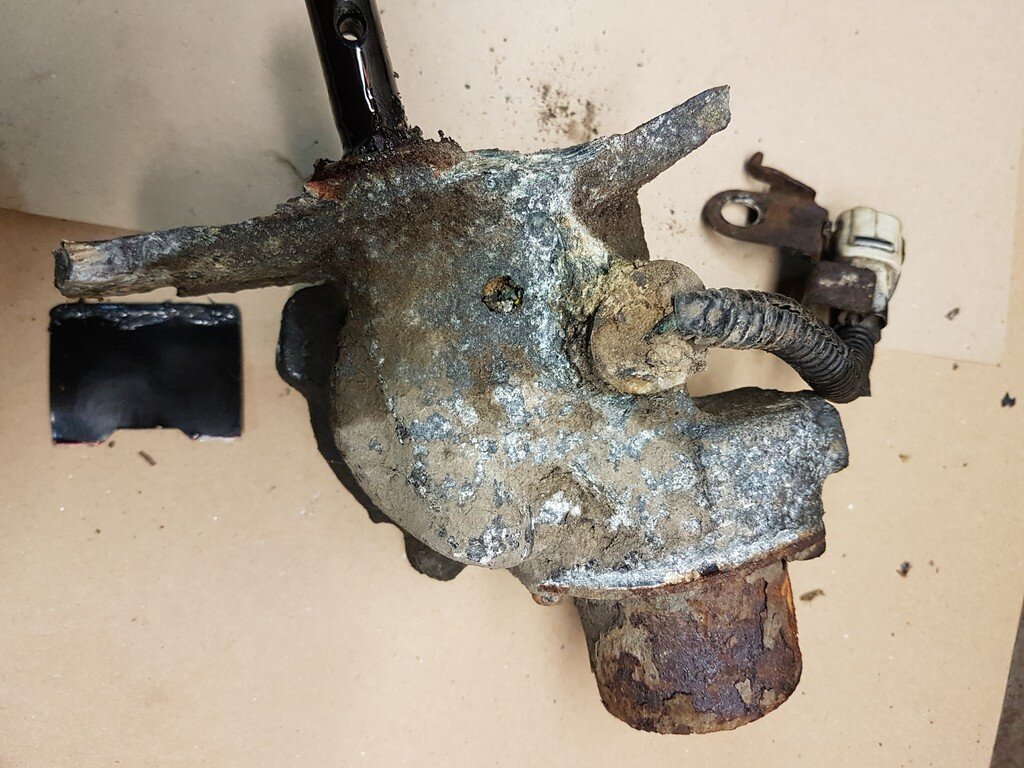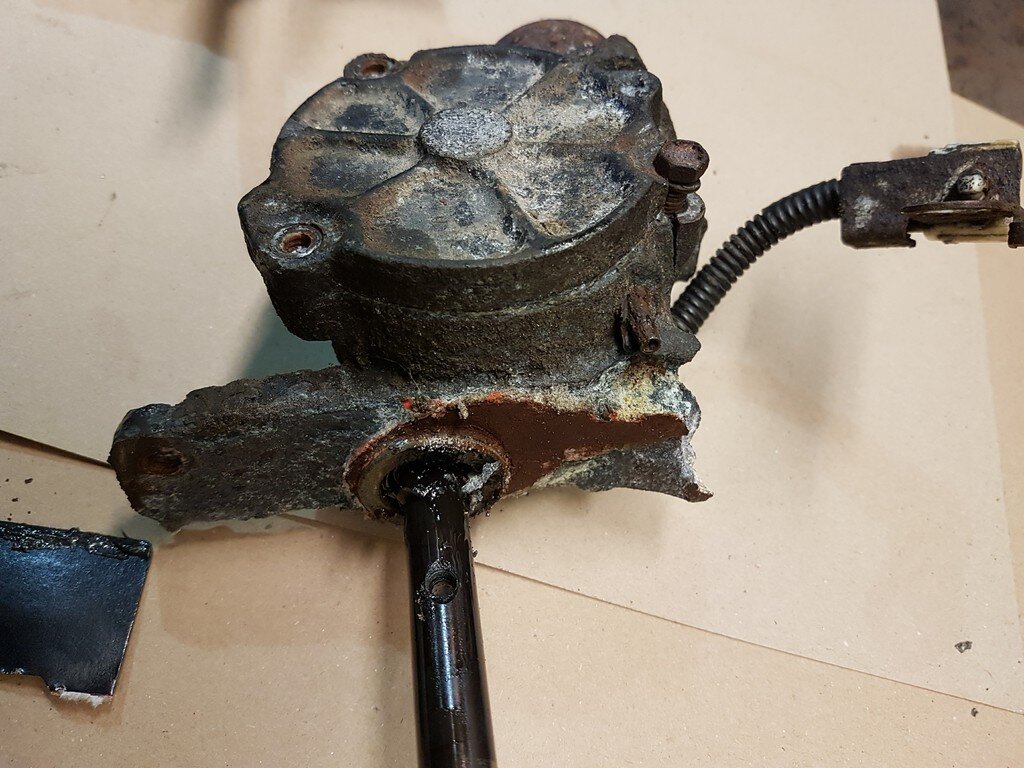LC80tim
Well-Known Member
- Joined
- Oct 28, 2016
- Messages
- 228
- Country Flag
Hello can anyone point me in the direction of finding this fault, not long had the motor and rear diff locker didn't work, after investigating the rear actuator was totally corroded so bit the bullet and purchased a new one, after fitting said new actuator ( was in locked position and engaged diff lock manually to fit ) on turning ignition on the actuator went to ' unlocked ' position but then wouldn't work after, also the front locker now won't engage ( was working ok before? ) Thinking might be a wiring fault somewhere but a little baffled, so can anyone point me in the right direction.
I didn't spend much time trying to sort as had the BEB to do today ( and boy was it a good job I did ) will post up some pics in another thread later on this one.
Thanks in advance Tim
I didn't spend much time trying to sort as had the BEB to do today ( and boy was it a good job I did ) will post up some pics in another thread later on this one.
Thanks in advance Tim










